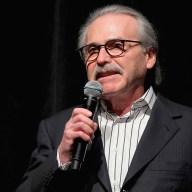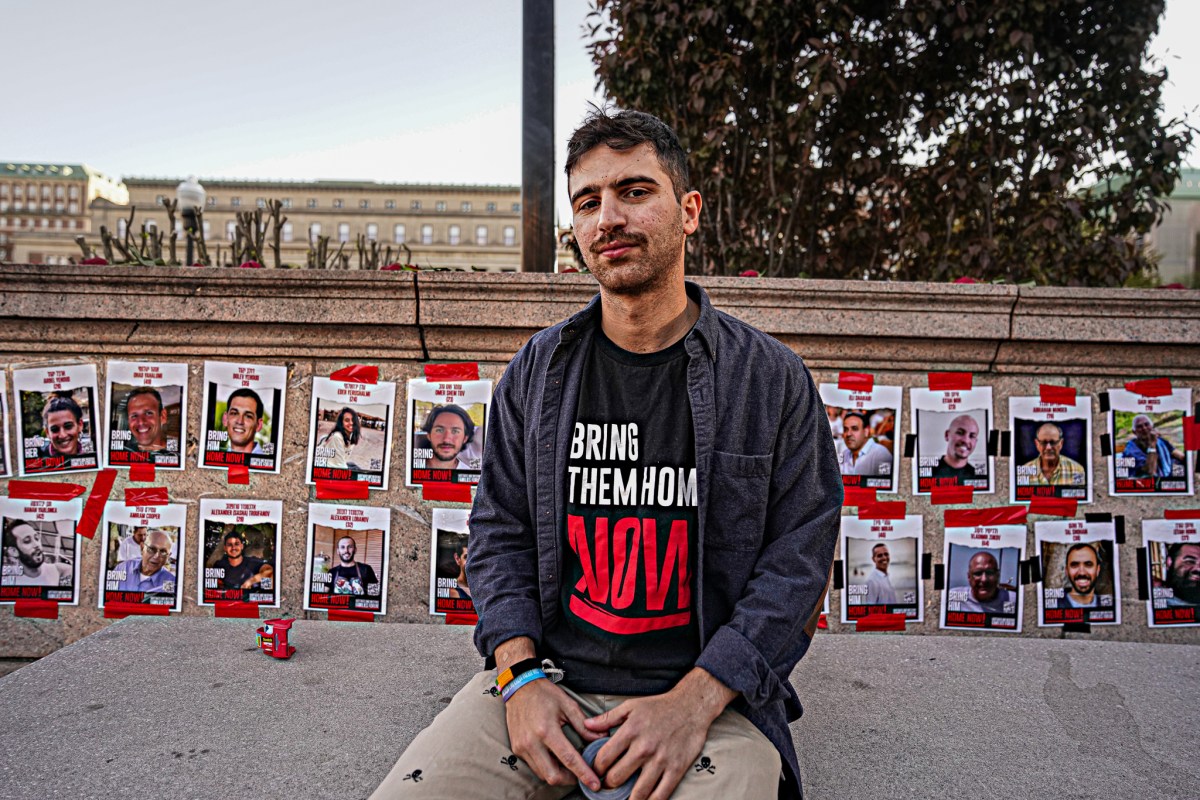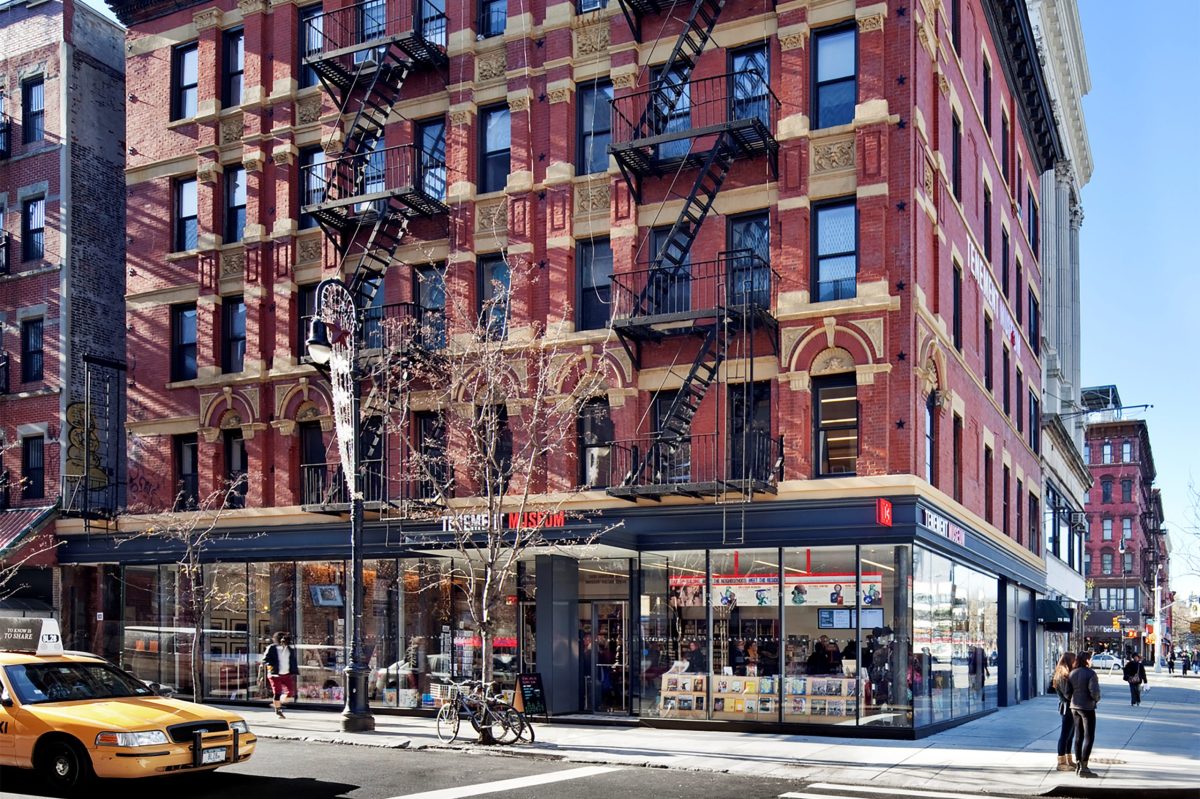The Burrard Street Bridge cycling experiment that gets underway two weeks from today is raising hopes for a bike-friendlier future in Metro Vancouver. The expectation is that allocating more space for bikes on the busy crossing will encourage more commuters to swap their car keys for a two-wheeler.
But far from a breakthrough, this bold initiative is more likely to be a bust. Here’s why.
By taking over space previously reserved for automobiles and pedestrians, the summer trial runs the risk of alienating two traditional allies of the cycling community: Bus riders and walkers.
It’s true that transit vehicles will have “priority access,” but that doesn’t mean they will be any less impacted by congestion on the bridge deck. And you can bet that some pedestrians will be bothered about being kicked off their sidewalk on the crossing’s east side.
Some drivers will also be annoyed — but that’s already a given. As a cyclist who will be using the new lane en route to the office, I look forward to their middle finger salutes.
But I fear the wider fallout — and potential backlash — from a general public that is peeved about special treatment for cyclists.
I’ve been two-wheeling over this bridge for years, and I can say it’s the least dangerous part of my commute. The real threat is the road rage and driver stupidity that takes place off of it.
Many riders would agree, even if the vocal cycling lobby does not.
Earlier this year, a Burrard bike lanes advocate asked me if I would allow my children to cycle on the bridge, given the cited safety concerns. My response: No chance — but I wouldn’t let them ride in the majority of downtown bike routes either.
Another argument being put forth is that the bridge status quo represents a liability issue for the city. Which begs the question: Is every other designated bike route with safety concerns also a litigation fiasco in waiting?
The sad truth is city hall missed its chance to provide cyclists with a far superior means to get across False Creek: A cyclist- and pedestrian-only passerelle.
But given the state of the city’s finances in 2009, this much pricier option is almost certainly a non-starter.
What we’re stuck with instead is, at best, a transportation non-event, and, at worst, a public relations black eye for the cycling community at large.
















